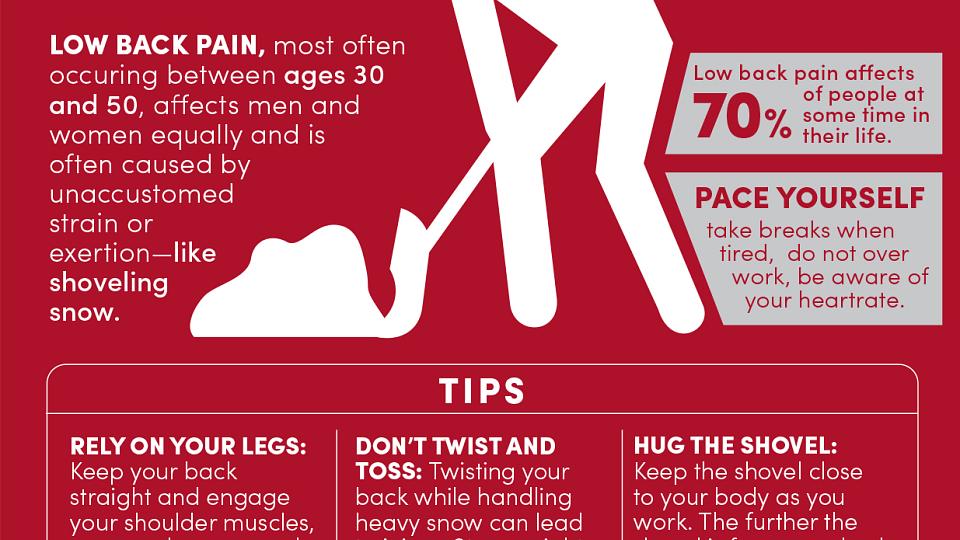
Decompression Therapy & Spinal Decompression
What Is Spinal Decompression?
Spinal decompression is a type of treatment for back pain. Decompression can be done both surgically and non-surgically. With both treatments, the goal is to stretch your spine and change its position to take pressure off of your spinal discs. This can help relieve pain.
Find a Decompression Therapy Doctor
Conditions Treated By Decompression Therapy
Spinal decompression may be used to treat the following symptoms and conditions:
- Back or neck pain
- Bulging or herniated discs
- Degenerative disc disease
- Injured or diseased spinal nerve roots (called radiculopathy)
- Sciatica (pain, weakness, or tingling that extends down the leg)
- Spinal stenosis
Decompression Therapy
Decompression therapy is a non-surgical treatment that helps relieve back pain caused by pressure in your spine. During non-surgical spinal compression, your health care provider may use traction to slowly stretch and relax your back. This stretching may help your spine reposition itself, which may reduce your pain.
There are different techniques for decompression therapy. Some health care providers place a harness around the hips. The harness may be attached to a motorized table that slowly moves the lower part of your body back and forth to relax your spine.
Spinal Decompression Surgery
Doctors can use two procedures to perform surgical spinal decompression, also called spinal decompression. Surgeons can use microdiscectomy or laminectomy. Both procedures remove pressure from the discs inside your spine.
Laminectomy
During a laminectomy, your surgeon will remove a part of or your entire vertebral bone, also called the lamina. Removing a piece of your vertebral bone helps take pressure off of your spinal cord or nerve roots. Many things can cause pressure inside your spine. These can include herniated discs, spinal stenosis (when space inside your spine narrows), tumors, and injury.
Doctors only consider laminectomies if other medical treatments haven’t improved a patient’s pain.
Microdiscetomy
During a microdiscectomy, surgeons remove materials from herniated discs inside your spine that are pressing on your spinal cord. These herniated disc materials can also put pressure on nerve roots. Surgeons can relieve pain in your lower back by removing these materials.
To do the procedure, surgeons use a high-powered microscope to see your disc and nerves. This high-powered microscope helps surgeons make smaller incisions (cuts) on your back to remove the disc material. Making smaller cuts also protects the delicate tissues around your spine, causing less damage.
Schedule a Spine Evaluation
If you are suffering from back, neck, or spine pain, call us to schedule an evaluation. You will receive recommendations from our expert, fellowship-trained specialists who will work with you to develop a customized treatment plan.
Resources for Our Patients
Upper Back or Neck Pain? Maybe Your Spinal Cord is Being Compressed
Are you noticing a combination of neck or upper back pain and a tingling or slowing in the reaction time of your arms and legs? It could be a compression of your spinal cord, also known as cervical spondylotic myelopathy (CSM).
Suffering From Chronic Back Pain? Some Options Before Surgery
If physical therapy or medications haven't helped your chronic back pain, what do you try next? An epidural injection is a good option for many people. Learn what's in the injection, how it can help, and what to expect if you decide to get one for your back pain.
Meet Our Patients
For years, Dan Owens suffered excruciating back pain, barely managing to make his way between the bed, a nearby bathroom, and a chair only feet away. After many diagnoses and failed treatments for pain management, he grew discouraged. In August 2018, an MRI revealed he had spinal stenosis (severe narrowing caused by arthritis and degenerative disc disease), which exerts pressure on the spinal cord and nerves.


